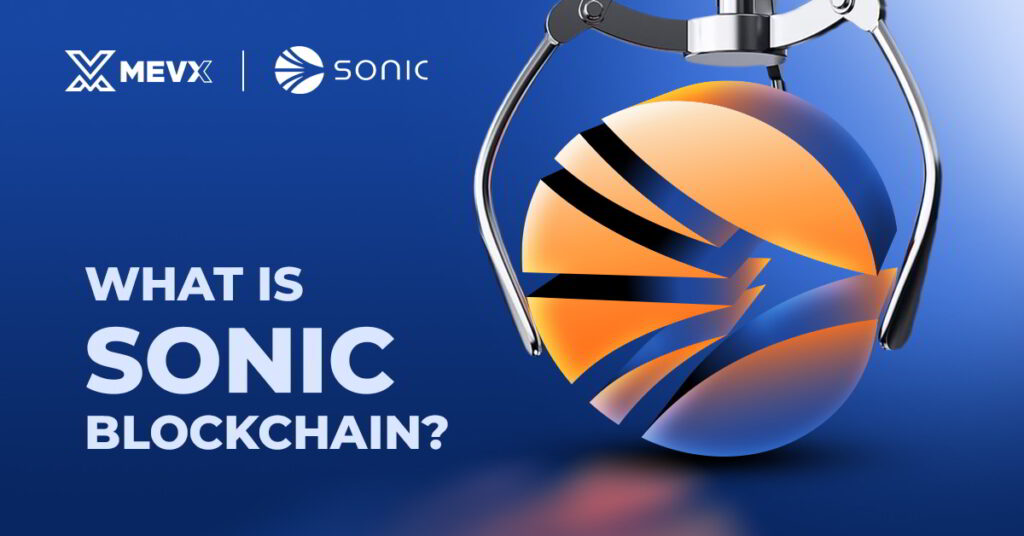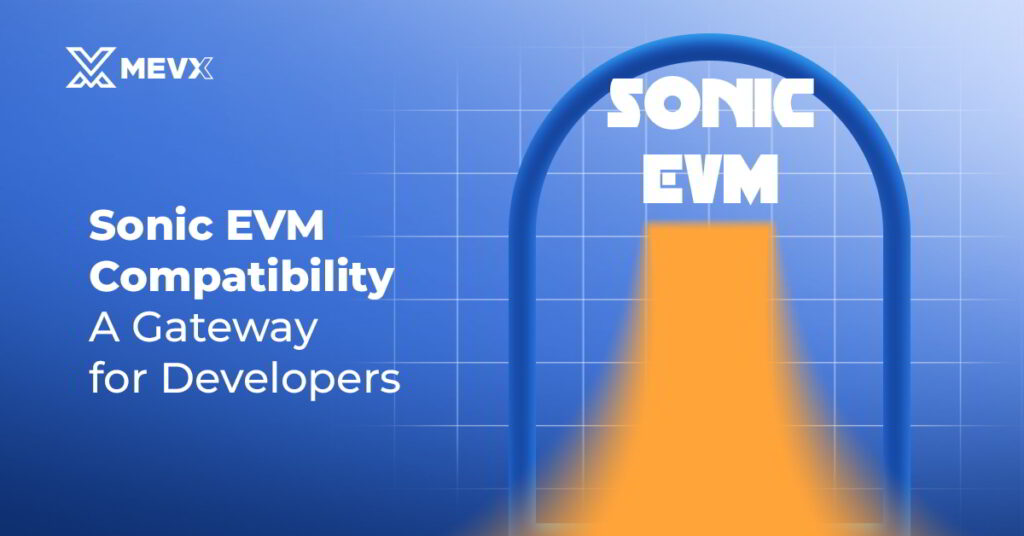What is Sonic? It’s a Layer-1 blockchain that burst onto the scene in 2024, evolving from the high-performing Fantom network. Fully compatible with the Ethereum Virtual Machine (EVM), Sonic blockchain is built to deliver blazing-fast transactions, low fees, and a welcoming ecosystem for developers.

What is Sonic? Origins and Vision
Sonic blockchain’s roots trace back to Fantom, a Layer-1 known for its DeFi prowess. Rather than settling for incremental upgrades, the team, led by DeFi luminary Andre Cronje, rearchitected Fantom Opera into Sonic to tackle challenges like scalability and developer incentives.
The result is a blockchain that’s not just faster but smarter, designed to empower users, developers, and investors alike. Sonic blockchain aims to make transactions near-instant, keep fees minimal, and provide tools for developers to build cutting-edge applications, all while maintaining robust security.
Sonic Core Technology: Speed and Efficiency
Sonic blockchain’s performance rests on its innovative technical foundation:
- DAG-Based Consensus: Unlike linear blockchains, Sonic uses a Directed Acyclic Graph (DAG) to process multiple transactions simultaneously, boosting throughput.
- Asynchronous Byzantine Fault Tolerance (aBFT): This ensures the network remains secure and efficient, even if some nodes fail or act maliciously.
- High Throughput and Low Latency: Sonic blockchain achieves up to 10,000 TPS with a finality time of ~720ms, far outpacing Ethereum’s 15-30 TPS and 12-15 seconds or Bitcoin’s 7 TPS.
These features enable near-instant transactions, critical for real-time use cases like DeFi trading or on-chain payments.
Sonic EVM Compatibility: A Gateway for Developers
Sonic’s EVM compatibility is a boon for developers, offering:

- Easy DApp Porting: Solidity-based smart contracts from Ethereum can be deployed on Sonic with minimal tweaks.
- Familiar Tools: Developers can use Ethereum’s wallets, IDEs, and libraries, lowering the learning curve.
- Low Fees: Sonic’s transactions cost just cents, compared to Ethereum’s often costly gas fees, making it ideal for DeFi, NFTs, and GameFi.
This ensures Sonic blockchain is both accessible and cost-effective for Ethereum’s developer community.
The S Token: Fueling the Ecosystem
Sonic’s native token, S, powers the network through:
- Transaction Fees: S covers gas costs, keeping expenses low.
- Staking: Users stake S to secure the network and earn rewards.
- Governance: Token holders help shape Sonic’s decentralized future.
With a fixed supply of 3.175 billion tokens, Sonic blockchain burns a portion of fees to curb inflation. A 200-million-token airdrop further incentivizes adoption, rewarding early users and the Fantom community.
Why Sonic Blockchain Matters
Sonic is more than a fast blockchain; it’s an ecosystem solving real problems:
- Empowering DeFi: Low fees and instant transactions enable seamless trading and lending.
- Boosting GameFi and NFTs: Sonic’s speed supports dynamic in-game economies and marketplaces.
- Attracting Developers: The Fee Monetization program lets developers earn up to 90% of their DApp’s fees.
- Bridging Ecosystems: Sonic Gateway ensures fast, secure asset transfers with Ethereum, with plans for broader interoperability.
Amid competition from Solana, Avalanche, and Binance Smart Chain, Sonic blockchain stands out with its technical edge and developer-friendly economics.
Conclusion
Sonic blockchain shows how technology can evolve to meet the demands of a decentralized world. With lightning-fast transactions, negligible fees, and an ecosystem that champions developers, Sonic isn’t just an Ethereum alternative, it’s a platform redefining DeFi, GameFi, and beyond. As Sonic expands with initiatives like Sonic Gateway, it’s poised to accelerate into the future.
Follow MevX to discover more about Sonic blockchain and the top blockchain in the market.
Share on Social Media:
